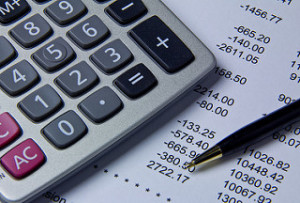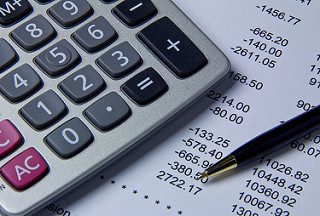
★★★
Advanced
(Double click on a word in the text to open the dictionary)
In financial accounting, a balance sheet or statement of financial position is a summary of the financial balances of asole proprietorship, a business partnership, a corporation or other business organization, such as an LLC or an LLP. Assets, liabilities and ownership equity are listed as of a specific date, such as the end of its financial year. A balance sheet is often described as a “snapshot of a company’s financial condition”.
- Of the three basic financial statements, the balance sheet is the only statement which applies to a single point in time of a business calendar year. A standard company balance sheet has three parts: assets, liabilities, and ownership equity. The main categories of assets are usually listed first, and typically in order of liquidity.
- Assets are followed by the liabilities. The difference between the assets and the liabilities is known as equity or the net assets or the net worth or capital of the company and according to the accounting equation, net worth must equal assets minus liabilities.
- Another way to look at the balance sheet equation is that total assets equals liabilities plus owner’s equity. Looking at the equation in this way shows how assets were financed: either by borrowing money (liability) or by using the owner’s money (owner’s or shareholders equity). Balance sheets are usually presented with assets in one section and liabilities and net worth in the other section with the two sections “balancing”.
Types:
A balance sheet summarizes an organization or individual’s assets, equity and liabilities at a specific point in time.
- Larger businesses tend to have more complex balance sheets, and these are presented in the organization’s annual report.
- Large businesses also may prepare balance sheets for segments of their businesses.
- A balance sheet is often presented alongside one for a different point in time (typically the previous year) for comparison.
A personal balance sheet lists current assets such as cash in checking accounts and savings accounts, long-term assets such as common stock and real estate, current liabilities such as loan debt and mortgage debt due, or overdue, long-term liabilities such as mortgage and other loan debt. Securities and real estate values are listed at market value rather than at historical cost or cost basis. Personal net worth is the difference between an individual’s total assets and total liabilities. A small business balance sheet lists current assets such as cash, accounts receivable, andinventory, fixed assets such as land, buildings, and equipment, intangible assets such aspatents, and liabilities such as accounts payable, accrued expenses, and long-term debt.






Comments are closed.